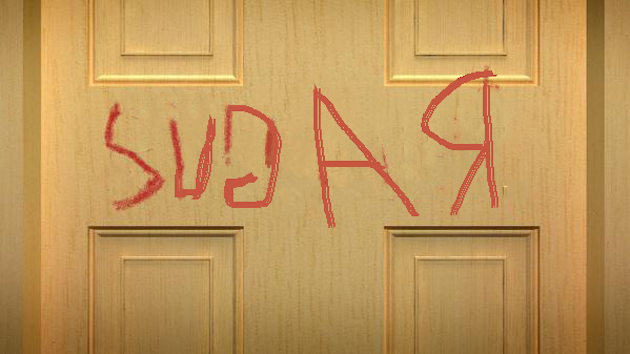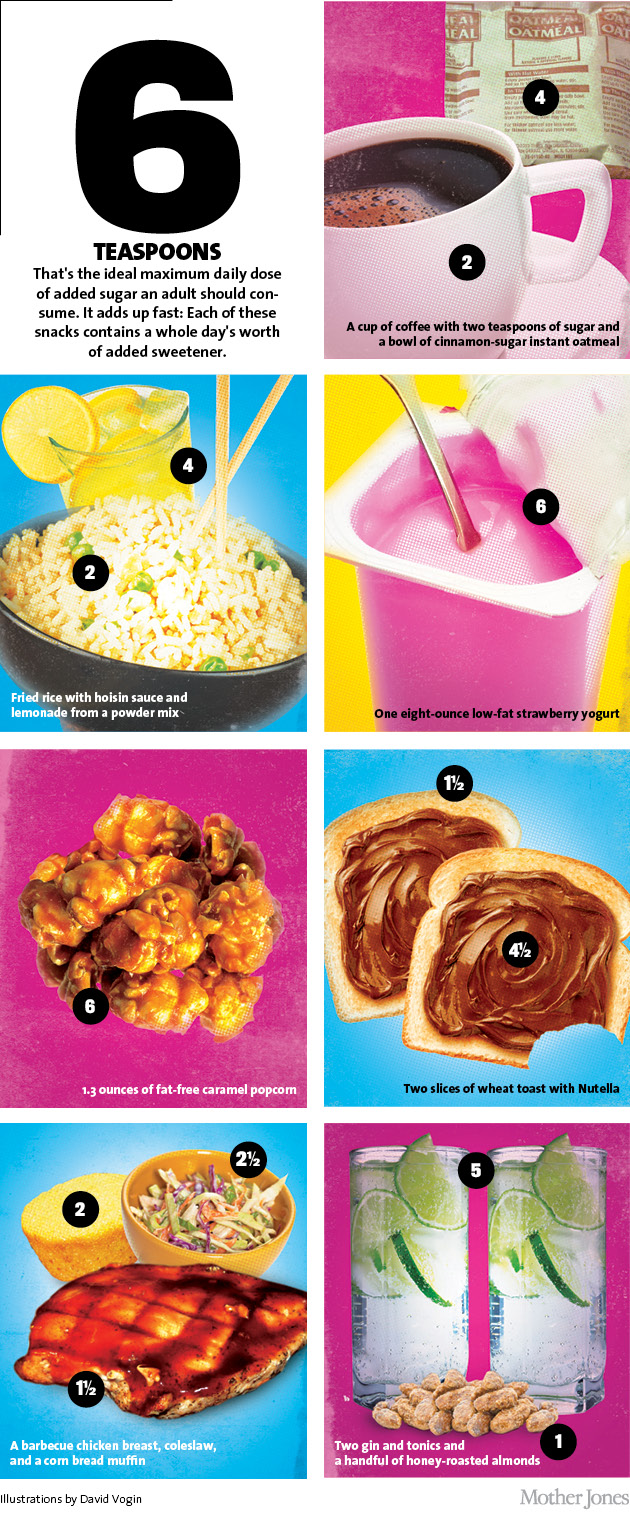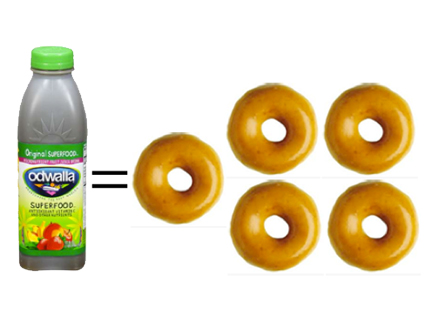
Sugar is the devil.
Update: Thursday, January 7, 2016: The FDA just made these new guidelines official.
The Food and Drug Administration is releasing new guidelines regarding how much sugar Americans should consume, reports NYT:
The goal is for Americans to limit added sugar to no more than 10 percent of daily calories, according to the proposed guidelines. For someone older than 3, that means eating no more than 12.5 teaspoons, or 50 grams, of it a day.
Big Sugar and a bunch of food-makers are going to freak out about this, but the truth is the new FDA recommendation is actually only half as severe as the World Health Organization’s guideline, which calls for people to limit themselves to 25 grams—or six teaspoons—of sugar a day.
By some estimates, Americans right now eat as much as 30 teaspoons of sugar a day. That is bonkers. Sugar is bad. Big Sugar spent decades—and millions of dollars—trying to conceal that fact. Added sugar has been linked to a whole slew of health issues from diabetes to cardiovascular disease. Sugar consumption is a health crisis in America and while today’s move is the most severe step the FDA has taken to curtail it, it is not the first. Earlier this year the agency moved to require manufacturers to require betters sugar information on food labels.
These charts show what 25 grams of sugar—which, again, is the WHO suggested maximum daily dose—really looks like:

















